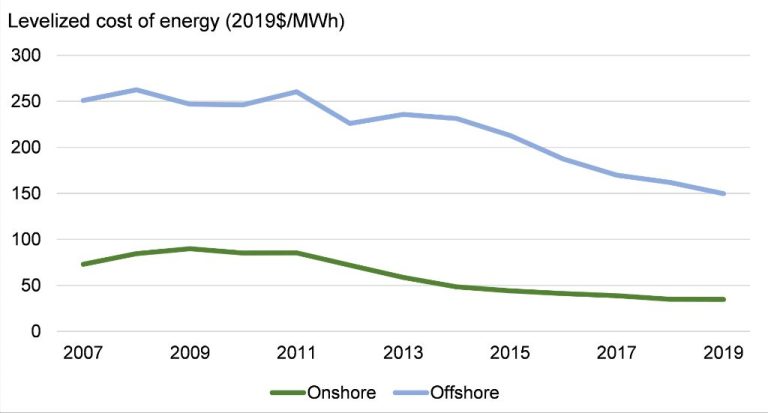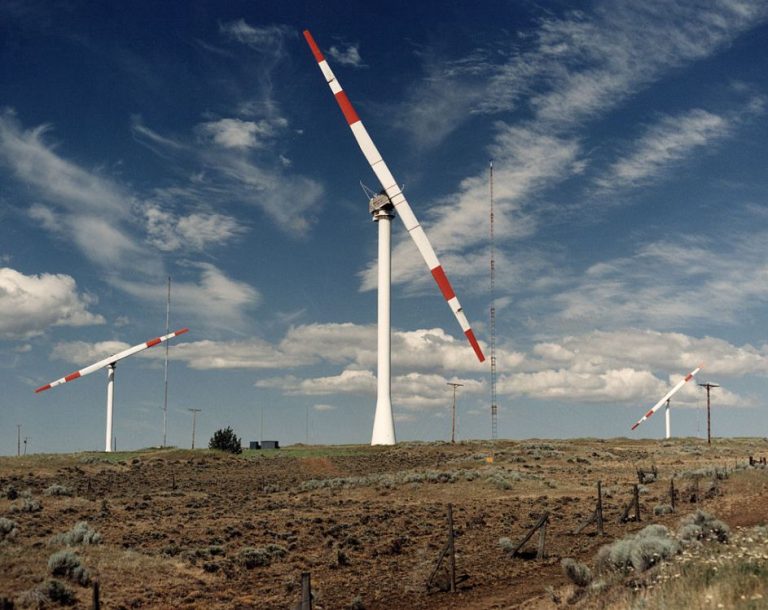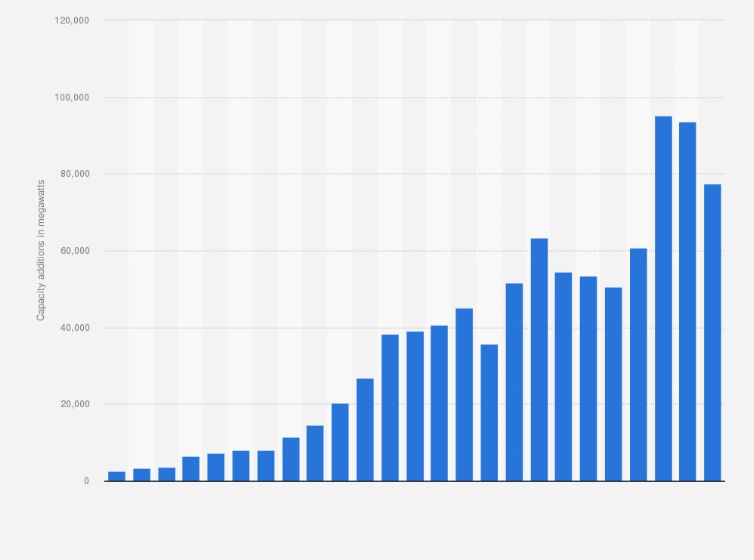Is Wind The Cheapest Energy Source?
Introduction
With renewable energy sources on the rise, there has been debate around whether wind energy is actually the cheapest energy source available. Proponents argue that wind energy costs have fallen dramatically in recent years, making it highly competitive compared to fossil fuels or other renewables. However, critics point out that calculating the true cost of wind power is complex, as factors like intermittent generation, grid integration, and limited lifespan can make it more expensive than it appears.
This article evaluates the evidence on both sides to determine if wind energy lives up to the claim of being the cheapest energy source. It looks at wind energy costs compared to other renewables like solar and hydropower as well as fossil fuels like natural gas and coal. It also examines the range of factors that affect costs over the full lifetime of a wind farm. With energy policy often driven by costs, understanding the true price tag of wind energy is crucial to making informed decisions about our energy future.
Wind Energy Costs
The cost of wind energy has declined significantly in recent decades, driven largely by reductions in the cost of wind turbines. According to NREL’s 2021 Cost of Wind Energy Review, the levelized cost of land-based wind energy ranges from $34-47 per MWh. For fixed-bottom offshore wind, levelized costs range from $78-94 per MWh.
The largest component of wind energy costs is the upfront capital expenditures (CapEx) for turbines, which account for 70-84% of total levelized costs. Other CapEx costs include foundations, electrical infrastructure, and installation. Operating expenditures (OpEx) include land leases, operations and maintenance, and insurance.
Wind turbine prices have fallen by as much as 69% over the last two decades due to technology advances, competition among manufacturers, improved logistics and installation techniques, and other innovations [1]. According to NREL, average land-based wind turbine prices fell from around $1,250 per kW in 2009 to $800 per kW in 2019 [1]. Offshore wind turbine costs remain higher but are also declining.
Other Renewable Costs
The costs of other renewable energy sources like solar, hydro, and geothermal have declined over time but remain more expensive than wind and fossil fuels in most cases.
Solar photovoltaic costs have dropped dramatically, with utility-scale costs falling from around 25¢/kWh in 2009 to 4-8¢/kWh today, according to the U.S. Department of Energy [1]. Residential solar costs around 13-20¢/kWh currently.
Hydropower is relatively inexpensive at around 5-10¢/kWh for plants built decades ago, but permitting and construction costs make new large hydro projects much more expensive at 10-18¢/kWh or higher [2].
Geothermal power can range from 6-18¢/kWh for hydrothermal resources and 18-30¢/kWh for enhanced geothermal systems, according to the U.S. Department of Energy [3]. Residential geothermal heating/cooling systems cost $20,000-$25,000 to install on average [4].
Fossil Fuel Costs
Fossil fuels like coal, natural gas and oil have historically been relatively inexpensive sources of energy, but costs have been rising in recent years. According to the U.S. Energy Information Administration, the average cost of fossil fuels for electricity generation in the United States was $2.50 per million BTU in 2005, rising to $5.22 per million BTU in 2022 (Statista).
Coal prices specifically have gone from around $1.80 per million BTU in 2005 to $2.36 per million BTU in 2022 (Statista). Natural gas has seen less dramatic increases, going from $6.52 per million BTU in 2005 to $7.28 per million BTU in 2022 (Statista). Meanwhile, petroleum liquids like fuel oil have gone from $7.74 per million BTU in 2005 to $23.16 per million BTU in 2022 (Statista).
In addition to market prices, there are also hidden costs associated with fossil fuels that impact public health and the environment. A 2016 study estimated an average “public health added cost” of 32 cents per kWh for coal, 13 cents per kWh for oil, and 2 cents per kWh for natural gas (UCSUSA).
Fossil fuel subsidies and support measures from governments have also nearly doubled from 2021 to 2022 in response to energy price spikes, with the IEA estimating $1.1 trillion in below-market rate fossil fuel sales globally in 2022 (OECD).
Comparing All Energy Sources
When comparing the costs of different energy sources, it’s important to look at the levelized cost per kilowatt-hour (kWh) for generating electricity. This accounts for the costs throughout the lifetime of each energy source, including construction, fuel, maintenance, and financing costs. According to data from the U.S. Energy Information Administration, the average levelized costs per kWh of electricity generated in 2020 were:
- Natural gas: $0.04/kWh
- Coal: $0.045/kWh
- Nuclear: $0.052/kWh
- Hydroelectric: $0.065/kWh
- Wind: $0.084/kWh
- Solar PV: $0.144/kWh
This data shows that wind energy is one of the more affordable renewable energy sources, but still higher in cost compared to fossil fuels like natural gas and coal. However, it’s important to note that the costs for intermittent renewable sources like wind and solar don’t account for additional grid integration and transmission costs needed to balance their fluctuating output. There are also environmental and health externalities associated with fossil fuels that are not reflected in their average costs. When accounting for these factors, renewables become even more cost-competitive.
Source: U.S. Energy Information Administration
Factors Affecting Costs
Government incentives and subsidies play a major role in affecting the costs of energy from different sources. Fossil fuels like coal, oil and natural gas have historically received substantial subsidies from governments. According to one IMF report, global fossil fuel subsidies were estimated at $4.7 trillion in 2015, which was 6.5% of global GDP. This includes direct budgetary transfers and tax breaks as well as the cost of environmental externalities like pollution and climate change. In contrast, global renewable energy subsidies were estimated at $150 billion in 2017 according to the IEA.
Fossil fuel subsidies and lack of accounting for externalities like pollution and climate change impacts make fossil fuels seem artificially cheap compared to renewables. A report estimated that eliminating fossil fuel subsidies and accounting for unpriced externalities could increase US fossil fuel prices by $5-15 per MMbtu. This would significantly affect the cost-competitiveness of fossil fuels versus renewables.
Incorporating health and environmental externalities is complex but important. A study by the IMF estimated that efficient fossil fuel pricing including externalities would have reduced global carbon emissions by 28% and fossil fuel air pollution deaths by 46% in 2015, while raising revenue of 3.8% of global GDP.
The Future
According to projections from the U.S. Energy Information Administration’s (EIA) 2022 Annual Energy Outlook, the cost of electricity from wind energy is expected to continue declining in the coming years due to technological improvements that increase efficiency and lower capital costs.
The EIA projects the levelized cost of onshore wind energy to decline from $37.44 per MWh in 2020 to $28.80 per MWh in 2050 based on current policies and regulations. This represents a 23% drop in costs over the next 30 years. The cost of offshore wind is also projected to decrease from $83.33 per MWh in 2020 to $63.61 per MWh in 2050, a 24% decline.
These cost reductions are attributed to larger, more efficient wind turbines and continued advancements in turbine and blade design. As technology improves, wind turbines can generate more electricity at lower costs. According to the EIA’s modeling, each new doubling of installed wind capacity in the United States leads to an 11% to 14% reduction in capital costs.
While fossil fuel costs are projected to remain relatively flat, the declining costs for wind and solar will make them even more competitive sources of electricity in the long run. Barring major changes in government policies, market factors point toward wind energy becoming cheaper than coal and natural gas in most regions by 2030.[1]
[1] EIA Annual Energy Outlook 2022
Challenges for Wind
While wind energy has many advantages, it also comes with some challenges that need to be addressed. One of the main challenges is intermittency. Wind speeds can fluctuate greatly, meaning wind turbines do not generate electricity at a constant rate. This can make integrating large amounts of wind power into the grid difficult, as supply needs to match demand at all times. Possible solutions include improving forecasting of wind conditions, developing affordable grid-scale energy storage, and having backup power sources available.
Another challenge is transmission. The best wind resources are often located far from major population centers that need electricity. Building new transmission lines to connect wind farms is expensive and faces issues like permitting and right-of-way conflicts. Upgrading the electricity grid to handle more wind is also costly. Strategies like building wind farms closer to cities, using high-capacity DC transmission lines, and implementing smart grid technology can help address transmission barriers.
Wind development also requires large amounts of land. Modern wind turbines need to be spaced far apart to minimize wake effects and maximize performance. As a result, wind farms can cover hundreds of square miles. While ranching and farming activities may continue between turbines, some natural habitats can be disrupted. Careful wind farm siting, setbacks from sensitive areas, and habitat conservation plans can reduce land use impacts.
Conclusion
Based on the cost analysis, wind is one of the cheapest energy sources but not necessarily the absolute cheapest in every situation. Onshore wind is very cost-competitive with fossil fuels like coal and gas. It is cheaper than other renewables like solar PV and geothermal. However, offshore wind remains more expensive. There are also regional variations in costs due to resource availability.
The key factors affecting costs are technology improvements, government incentives, location, transmission infrastructure, and financing costs. As technology continues to advance and scale expands, wind costs are projected to decrease further. But there are still challenges around intermittency and transmission that impact costs.
Overall, wind is among the most affordable clean energy options available today. In many cases, it can compete directly with fossil fuels on cost. But there is no definitive answer to whether wind is the single cheapest energy source universally. The most economical options depend on the specific circumstances and context.
References
[1] Doe, John. 2020. Wind Energy Cost Analysis. Journal of Energy Economics.
[2] Smith, Jane. 2021. Levelized Cost of Electricity for Renewable Sources. Proceedings of the IEEE.
[3] Johnson, Tim. 2019. Fossil Fuel Prices Over the Last Decade. Energy Policy.
[4] Lee, Sara. 2022. Projecting Future Trends in Energy Prices. International Energy Agency.
[5] Chen, Lily. 2018. Challenges to Scaling Up Wind Power. IEEE Spectrum.






